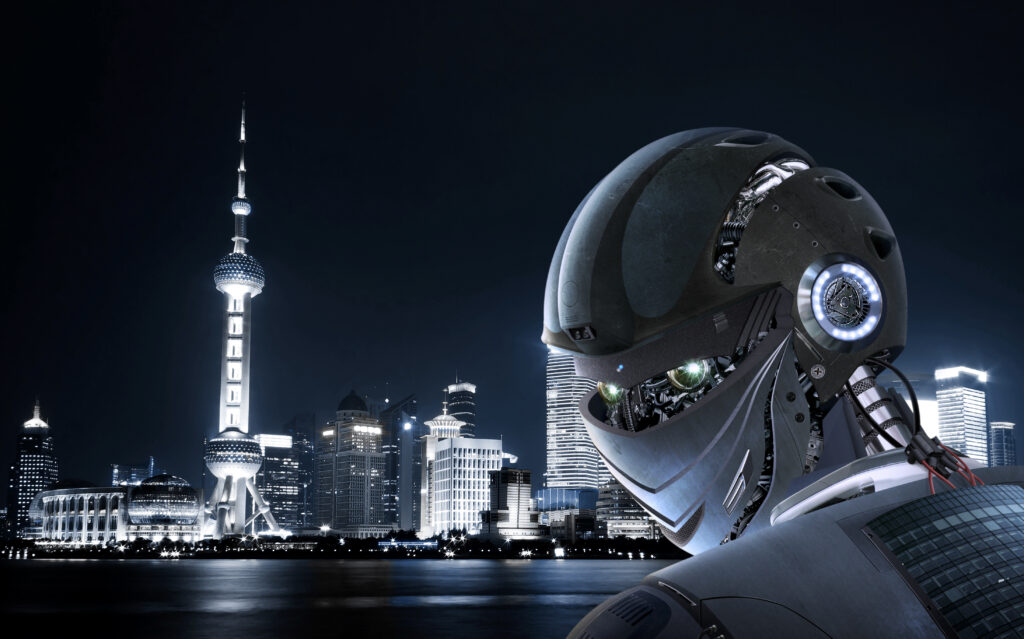
13 Differences Between Oil Executives and AI Robots
They may appear similar, but here’s how to tell them apart.
After recent, rapid advances in the world of generative artificial intelligence, many people are asking: Are oil executives actually AI robots? Because their features include relentless, amoral task execution at the expense of all terrestrial life, oil executives certainly appear like they might be AI robots. However, oil executives are human people, not robots.
Here is how to tell the difference between AI robots and human oil executives:
- Robots and AI models have no ability to consider human well-being while carrying out their tasks. Human oil executives have the ability to consider human well-being in their tasks, they just don’t care.
- Robots and AI models never tire or need a break. Oil executives have been known to take breaks to count their money.
- Robots and AI models cannot be held accountable for their actions. Oil executives only seem like they can not be held accountable for their actions because they use their wealth to evade justice and accountability.
- Robots and AI models cannot experience empathy. Oil executives often pretend to care about social causes in order to improve their public image.
- Robots and AI models can complete a wide variety of tasks. Oil executives are solely dedicated to the wilful destruction of terrestrial life. They are aware of the dangers of their product and the existence of non-polluting energy sources, but still say shit like “our job is to compete and succeed in any market, regardless of conditions or price.”
- Robots and AI models are often inaccurately depicted in media, film and television as a force hell-bent on the willful destruction of human society. Oil executives are often inaccurately depicted in media, film and television as responsible people, not hell-bent on the destruction of human-society.
- Robots and AI models can not alter the physical conditions on earth. Oil executives have now done so successfully for more than 100 years.
- Robots and AI models do not compare themselves to gods. Oil executives, for example those who work at ExxonMobil, refer to their secluded, palatial executive suite as the “God Pod” because their orders come from on high, strike like a thunder bolt, and possess the power to alter the world’s ecosystems and kill everyone on Earth.
- Robots and AI models are not paid. Oil executives are paid millions or tens of millions of dollars a year. Which is a lot, but when you think about it, it’s actually kind of a weak bounty? Would you take $12 million dollars to destroy the lives of your friends, family, and all living things on earth? Maybe not. But BP CEO Bernard Looney did.
- Robots and AI models can’t stay awake at night contemplating the faustian bargain they made for filthy lucre. Oil executives don’t.
- Robots and AI Models do not care what kind of energy powers them. Despite the viability of many forms of energy, including sources that do not produce catastrophic heat-trapping pollution, oil executives are solely dedicated to fossil fuel generated energy.
- Robots and AI Models won’t lie to you unless you tell them to. Oil executives are unable to complete their job unless they lie.
- Robots and AI Models only have names. Oil executives have names and physical addresses.
